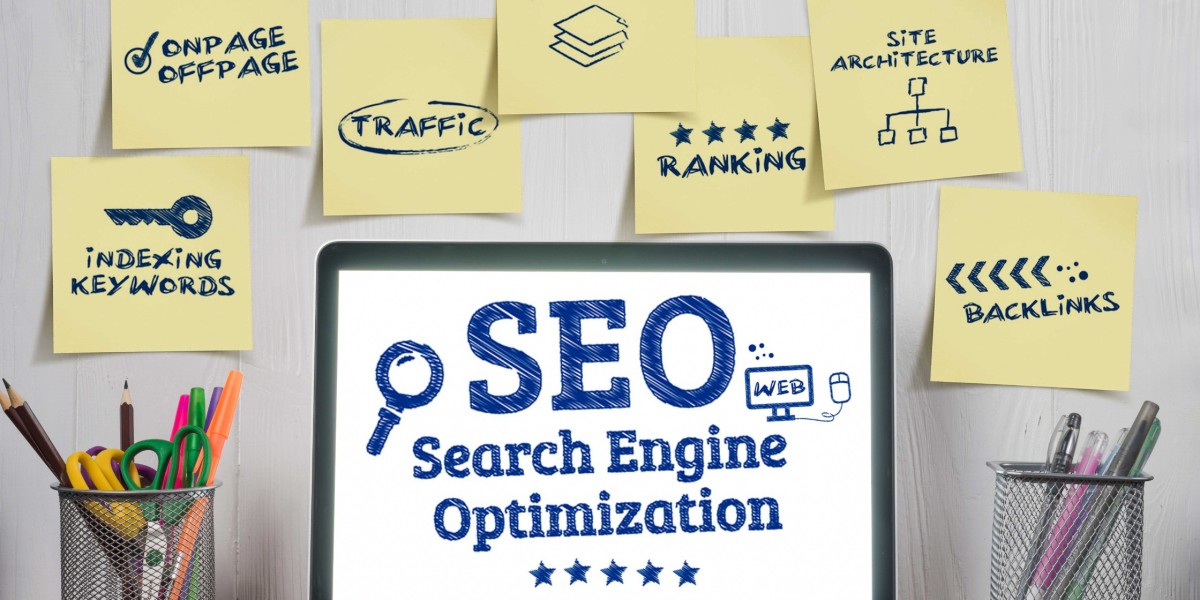Let’s break it down in a grounded, real-world context.
Understanding the Rust Problem
Rust is iron oxide, formed when iron reacts with moisture and oxygen. While it's a natural process, it's also incredibly destructive. Once rust begins, it spreads fast — especially in humid or marine environments. Factories, automotive workshops, shipyards, and even military facilities deal with rust as a daily obstacle.
And traditional removal methods?
Sandblasting: Messy, abrasive, and requires major cleanup.
Chemical solutions: Often toxic, harmful to skin and the environment.
Grinding tools: Loud, dusty, and risky for the underlying metal.
These methods aren’t just inefficient — they’re outdated. That’s where the rust removing laser steps in.
What Is a Rust Removing Laser?
A rust removing laser is a high-intensity beam of light tuned to a specific wavelength that targets the oxidation layer (rust) on a metal surface. Unlike abrasive methods, it doesn’t touch the surface physically. Instead, it vaporizes the contaminants using photothermal effects — basically, rust heats up and disappears while the base metal remains intact.
This technique is part of what’s called laser ablation. It's precise, clean, and controllable.
You might’ve already seen those viral videos where a grimy, rusted metal plate turns shiny and clean in seconds. Those aren’t staged — they’re showcasing exactly how laser rust cleaning works.
But what’s the science behind it?
How Does It Actually Remove Rust?
Laser rust removal uses a focused beam of light — often from a fiber laser source — that scans across the surface. As the beam contacts rust, it rapidly heats the top oxidized layer. This causes it to either evaporate or break away due to thermal expansion.
Importantly, the laser’s energy is absorbed mostly by the rust, not the metal underneath. That’s because rust has different light absorption properties than the metal it grows on. This is what allows a rust removing laser to clean the surface without gouging, scratching, or melting the actual metal.
Control matters here. The power, frequency, and focus of the beam can all be adjusted depending on how thick or bonded the rust is. That’s why operators train carefully or use automated systems when scaling up the process.
Who’s Using Rust Removing Lasers Today?
This is where things get interesting.
1. Automotive Repair and Restoration
Classic car restorers love laser rust cleaning because it keeps vintage metal safe. No pitting, no damage to weld seams, and it prepares surfaces for priming fast.
2. Manufacturing and Tooling Plants
Many factories now use these systems for cleaning dies, molds, or rusted fixtures without disassembling equipment.
3. Aerospace and Defense
Aircraft maintenance operations require non-abrasive and residue-free cleaning. Lasers fit the bill perfectly — especially for rust on aluminum or titanium parts.
4. Maritime and Shipyards
Ships, offshore platforms, and containers face constant rust threats. Portable rust removing lasers are now being used dockside for hull cleaning and metal surface treatment.
5. Railway Systems
Rail cars, tracks, and structural components often suffer from corrosion. Laser rust removal is becoming common in railway workshops for its accuracy and minimal labor requirements.
Can Rust Removing Lasers Work on All Metals?
Mostly, yes — but with attention to detail.
Rust removing lasers work best on carbon steel, mild steel, and iron-based alloys. That’s where rust (iron oxide) is most common. On metals like aluminum, copper, or stainless steel, the laser still works, but the oxidation properties differ. So operators may use different settings or require testing before full application.
Also, painted or coated surfaces may react differently. While some laser systems can remove both rust and old paint, it depends on the coating type and thickness. Layered surfaces may need multiple passes or specific beam adjustments.
Is It Safe to Use?
Safety is essential when dealing with any laser equipment. Rust removing lasers are powerful Class IV devices, meaning they can harm eyes or skin if not handled properly.
Most professional systems come with safety enclosures, interlocks, goggles, and training requirements. Workshops using these systems also manage ventilation to remove vaporized particles from the air.
If operated correctly, though, a rust removing laser is not just safe — it’s cleaner and safer than chemicals or dust-heavy methods.
What About Maintenance and Running Costs?
Here’s the surprising part: these systems are low-maintenance compared to traditional gear.
No abrasives to replace or refill
No chemicals to dispose of
No physical contact, meaning less wear and tear
The main maintenance tasks include lens cleaning, cooling system checks, and occasionally replacing the protective glass over the beam outlet. Fiber lasers have lifespans that can exceed 50,000–100,000 hours.
Of course, the upfront price is higher than buying sandpaper or acid — but the return on investment is much faster when you factor in labor, speed, and surface preservation.
What to Look for When Choosing One?
Selecting the right rust removing laser depends on your workload, metal type, and level of portability.
Workshop setups may go for stationary cabinet units for consistent, heavy-duty cleaning.
On-site jobs prefer handheld laser systems that can move freely and tackle irregular shapes.
Laser power ratings vary from 50W to 3000W+. Lower power is for lighter rust or small precision parts. Higher power systems can blast through thick layers on industrial equipment.
Portability, cooling type (air vs. water), interface controls, and scanning area size are also key considerations — but it all comes down to your specific needs.
How Are Businesses Adopting It?
Manufacturers are integrating rust removing lasers into their automation lines. Robotic arms equipped with laser heads now clean parts as they pass through production. Some companies even offer mobile laser cleaning services — bringing high-power lasers to factories, construction sites, or museums.
Even local garages are starting to add handheld laser cleaners to their toolbox, finding them useful for niche restoration projects or premium surface preparation jobs.
In Pakistan, UAE, Germany, and China, the demand has sharply risen. More local dealers are importing machines, offering trials, and conducting training programs. The trend is no longer limited to high-tech industries — it’s moving into everyday metal work.
Final Thoughts
The rust removing laser is not just a buzzword — it’s a proven, evolving technology that’s changing how we think about surface preparation and restoration. By replacing outdated, manual methods with something faster, safer, and more precise, it allows industries to increase output, reduce waste, and protect valuable components.
Rust will always exist, but how we deal with it is changing for the better. If your operations still rely on chemicals, abrasives, or endless grinding, it might be time to point the beam in a new direction — one that cuts through rust with light itself.








